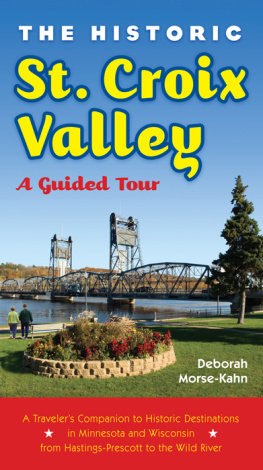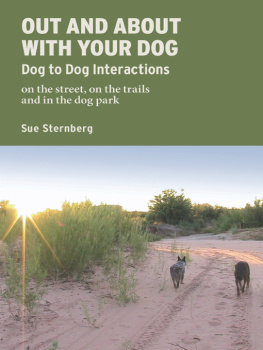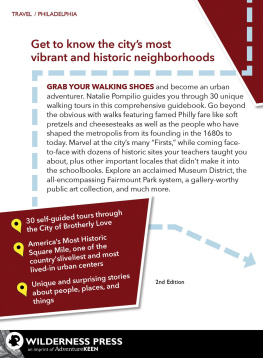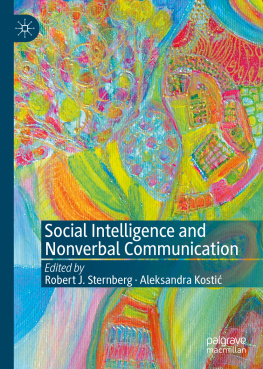Mary Ann Sternberg - River Road Rambler: A Curious Traveler along Louisianas Historic Byway
Here you can read online Mary Ann Sternberg - River Road Rambler: A Curious Traveler along Louisianas Historic Byway full text of the book (entire story) in english for free. Download pdf and epub, get meaning, cover and reviews about this ebook. year: 2013, publisher: LSU Press, genre: Politics. Description of the work, (preface) as well as reviews are available. Best literature library LitArk.com created for fans of good reading and offers a wide selection of genres:
Romance novel
Science fiction
Adventure
Detective
Science
History
Home and family
Prose
Art
Politics
Computer
Non-fiction
Religion
Business
Children
Humor
Choose a favorite category and find really read worthwhile books. Enjoy immersion in the world of imagination, feel the emotions of the characters or learn something new for yourself, make an fascinating discovery.

- Book:River Road Rambler: A Curious Traveler along Louisianas Historic Byway
- Author:
- Publisher:LSU Press
- Genre:
- Year:2013
- Rating:4 / 5
- Favourites:Add to favourites
- Your mark:
River Road Rambler: A Curious Traveler along Louisianas Historic Byway: summary, description and annotation
We offer to read an annotation, description, summary or preface (depends on what the author of the book "River Road Rambler: A Curious Traveler along Louisianas Historic Byway" wrote himself). If you haven't found the necessary information about the book — write in the comments, we will try to find it.
The River Road between New Orleans and Baton Rouge hosts a fascinating mix of people, traditions, and stories. Author Mary Ann Sternberg has spent over two decades exploring this richly historic corridor, uncovering intriguing and often underappreciated places. In River Road Rambler, she presents fifteen sketches about sites along this scenic route. From familiar stops, such as the National Hansens Disease Center Museum at Carville, with its octogenarian guide, and the sui generis perique tobacco area of St. James Parish to the less well-noted yet highly distinctive Our Lady of Lourdes grotto in Convent and the gradually disappearing Colonial Sugars Historic District, Sternberg presents a new perspective on some of the regions most colorful places.
While many of the places remain easily accessible to any River Road rambler, Sternberg also presents others closed to the public, giving armchair travelers an introduction to these otherwise unreachable attractions. Throughout, Sternberg captures the ambiance of her surroundings with a clear, engaging, and sometimes quirky examination of the relationships between past and present. In a poignant piece on the Valcour Aime garden, for example, she delves into the history of this lavish, nationally acclaimed planters garden, created and abandoned in the mid-nineteenth century. Her visit to the now private and protected site, which has never been altered or replanted since its origins, reveals an extraordinary landscapethe relic of what Valcour Aime created, slowly overwhelmed by nature.
The essay-like stories brim with insights and observations about everything from the fire that razed The Cottage plantation to the failed attempts to salvage the reproduction of the seventeenthcentury French warship Le Pelican from the bottom of the Mississippi. River Road Rambler takes us along to River Road treasures, linking us to both past and present and bringing some delightful and unexpected surprises in the process.
Mary Ann Sternberg: author's other books
Who wrote River Road Rambler: A Curious Traveler along Louisianas Historic Byway? Find out the surname, the name of the author of the book and a list of all author's works by series.










 Louisiana State University Press Baton Rouge
Louisiana State University Press Baton Rouge
